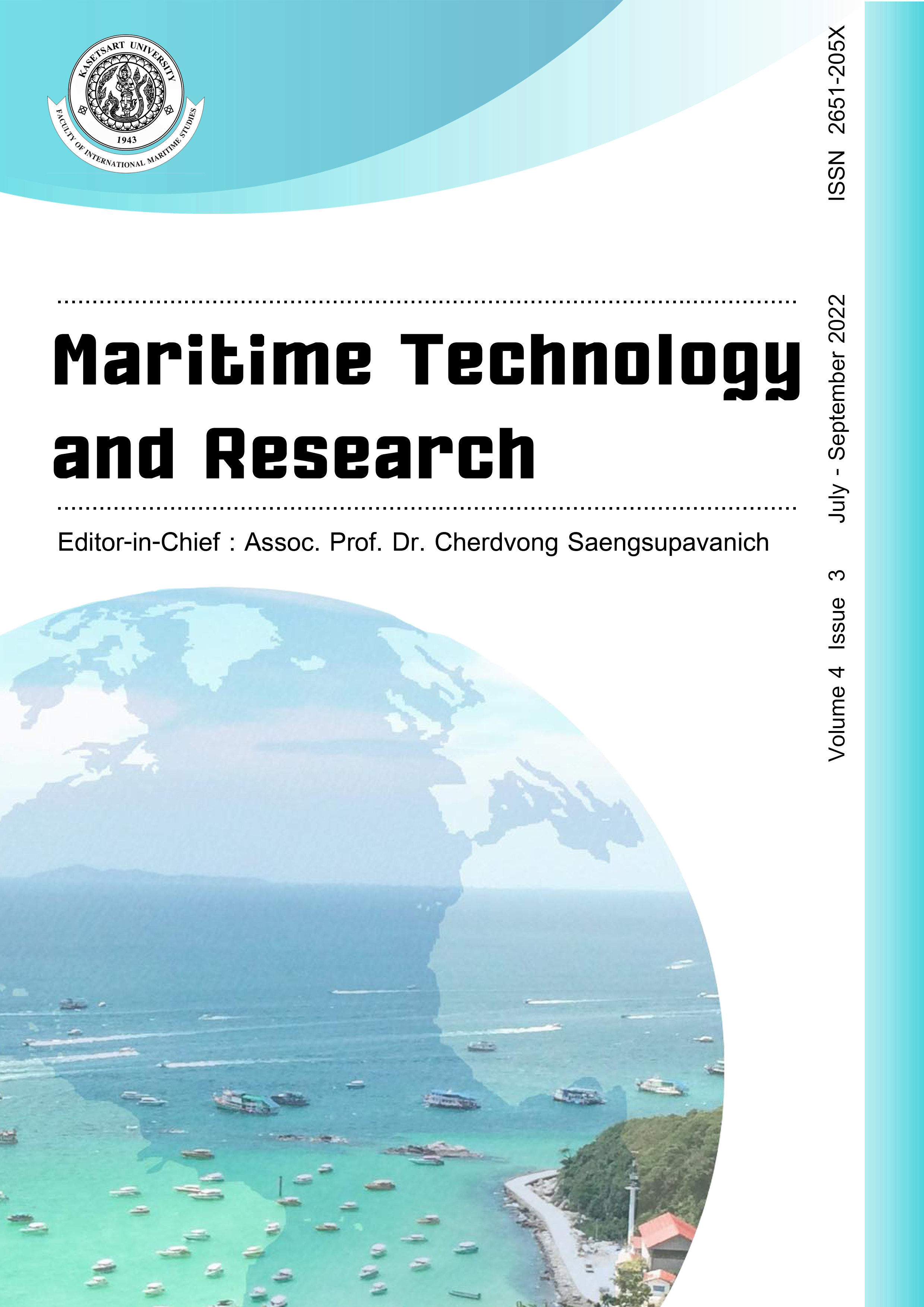Perceptions of the Yangtze River cruise ship brand based on text semantic analysis: A web big data perspective
DOI:
https://doi.org/10.33175/mtr.2022.256486Keywords:
Yangtze River, Cruise ship brand, Web big data, Text semantic analysisAbstract
Relying on the rich natural and human resources of the Yangtze River, the Yangtze River cruise has been a popular and famous tourism route. This study adopts a big data approach to study the perception of and satisfaction with the Yangtze River cruise brand, so as to come up with some practical suggestions for the enhancement of its value. Based on the analysis of the current development of the Yangtze River cruise tour, this paper conducted a textual analysis on 2,260 user reviews of two important Chinese travel OTA companies (Ctrip.com and Tuniu.com) through the theory and method of web text mining. A word frequency analysis, the construction of semantic networks, and a sentiment analysis were carried out. The results of the study show that the market perception of each cruise company’s brand is not very different, and the relevant companies have not yet developed their own special products and services. “Service” is the most frequently mentioned high-frequency word in tourists’ reviews. The sentiment analysis shows that the frequency of positive emotions in tourists’ reviews is high (exceeding 80 %). Through the satisfaction analysis of six dimensions of Yangtze River cruises, it is found that “cruise dining” and “cruise entertainment” are weak points.
------------------------------------------------------------------------------
Cite this article: Tong, H., Yu, X., Xu, W., Li, H. (2022). Perceptions of the Yangtze River cruise ship brand based on text semantic analysis: A web big data perspective. Maritime Technology and Research, 4(3), 256486. https://doi.org/10.33175/mtr.2022.256486
------------------------------------------------------------------------------
References
Brejla, P., & Gilbert, D. (2014). An exploratory use of web content analysis to understand cruise tourism services. International Journal of Tourism Research, 16(2), 157-168. https://doi.org/10.1002/jtr.1910
Camilleri, M. A. (2018). The tourism industry: An overview. In Travel marketing, tourism economics and the airline product. Springer, Cham. pp. 3-27. https://doi.org/10.1007/978-3-319-49849-2_1
Coates, P. (2013). A story of six rivers: History, culture and ecology. Reaktion Books.
Gui, L., & Russo, A. P. (2011). Cruise ports: A strategic nexus between regions and global lines: Evidence from the Mediterranean. Maritime Policy & Management, 38(2), 129-150. https://doi.org/10.1080/03088839.2011.556678
Illia, L., Sonpar, K., & Bauer, M. W. (2014). Applying co‐occurrence text analysis with ALCESTE to studies of impression management. British Journal of Management, 25(2), 352-372. https://doi.org/10.1111/j.1467-8551.2012.00842.x
Kwortnik, R. J. (2008). Shipscape influence on the leisure cruise experience. International Journal of Culture, Tourism and Hospitality Research, 2(4), 289-311. https://doi.org/10.1108/17506180810908961
Li, H., Zhou, X., & Zhi, L. (2015). Research on cruise economic development of estuarine and seaport cities: A case study of Nanjing. World Geographic Research, 1, 113-122.
Mehlhorn, H. (2019). Important rivers and their worldwide contributions to epidemics on the continents. In Parasite and Disease Spread by Major Rivers on Earth. Springer, Cham. https://doi.org/10.1007/978-3-030-29061-0_1
Philander, K., & Zhong, Y. (2016). Twitter sentiment analysis: Capturing sentiment from integrated resort tweets. International Journal of Hospitality Management, 55, 16-24. https://doi.org/10.1016/j.ijhm.2016.02.001
Rambocas, M, (2017). Marketing research: The role of sentiment analysis. Fep Working Papers. Retrieved from http://wps.fep.up.pt/wps/wp489.pdf
Schultz, F., Kleinnijenhuis, J., Oegema, D., Utz, S., & Atteveldt, W. V. (2012). Strategic framing in the BP crisis: A semantic network analysis of associative frames. Public Relations Review, 38(1), 97-107. https://doi.org/10.1016/j.pubrev.2011.08.003
Shumin, Z., & Juehao, C. (2012). A study on countermeasures of China’s cruise tourism industry. Tourism Tribune, 27(6), 79-83.
Sun, X., Feng, X., & Gauri, D. K. (2014). The cruise industry in China: Efforts, progress and challenges. International Journal of Hospitality Management, 42, 71-84. https://doi.org/10.1016/j.ijhm.2014.05.009
Wang, Z., Chen, C., Guo, B., Yu, Z., & Zhou, X. (2016). Internet plus in China. It Professional, 18(3), 5-8. https://doi.org/10.1109/MITP.2016.47
Wong, E., Rasoolimanesh, S. M., & Pahlevan, S. S. (2020). Using online travel agent platforms to determine factors influencing hotel guest satisfaction. Journal of Hospitality and Tourism Technology, 11(3), 425-445. https://doi.org/10.1108/JHTT-07-2019-0099
Zhang, Z. Ye, Q., Song, H., & Liu, T. (2015). The structure of customer satisfaction with cruise-line services: An empirical investigation based on online word of mouth. Current Issues in Tourism, 18(5), 450-464. https://doi.org/10.1080/13683500.2013.776020
Downloads
Published
Issue
Section
License
Copyright (c) 2022 Maritime Technology and Research

This work is licensed under a Creative Commons Attribution-NonCommercial-NoDerivatives 4.0 International License.
Copyright: CC BY-NC-ND 4.0








